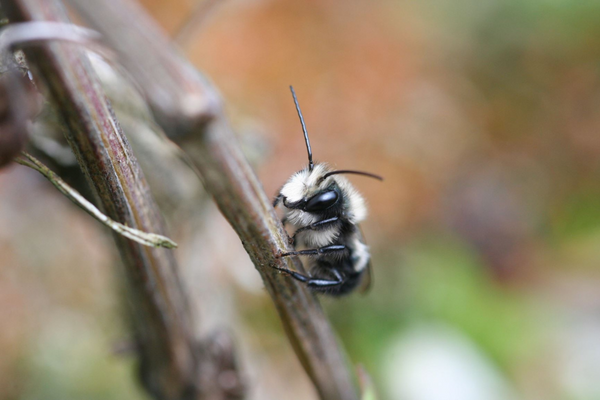About Arugula
Arugula is a low-growing member of the Brassica family that forms rosettes that resemble a cross between lettuce and dandelions. Its leaves have deep, round indentations reminiscent of oak leaves. These, as well as the flowers and seed pods are edible. Arugula grows naturally all around the Mediterranean, and has been collected since Roman times from the wild. It only really caught on as a salad green for garden cultivation in the early 1990s. Traditionally, arugula is yet another vegetable (as we shall see) thought to have aphrodisiac qualities. There are numerous varieties of Arugula to choose from.
All parts of the plant are high in vitamins A, C, and potassium. The leaves have a clean, peppery flavour. Plants are best harvested when young, though, as they will develop a pungent, mustard-like taste when mature, and the leaves become hairy and tough. Arugula is particularly cold-hardy, and can be grown, with some protection from frost, right into winter and again in early spring. A simple cloche cover over the row, or over a raised bed, will provide all the heat these plants need.
The leaves are best when picked young, tender, and mild, and work well raw in salads and sandwiches, but can also be steamed like spinach. In Italy, it is a common topping on pizzas, added just at the end of cooking to prevent the leaves from wilting. Arugula is the sole flavouring, with fava beans, for a popular breakfast meal in Egypt. It also makes a sensational pesto, mixed with, or as a substitute for, basil. Try making a Citrus Arugula Salad with Shaved Fennel!
How to Grow Arugula:
Difficulty: Easy. Suitable for large containers over 20cm (8”) deep.
Timing: Direct sow repeatedly from early March to the third week in September. Arugula grows very quickly, so it is best to stagger plantings for a continuous harvest. Arugula is surprisingly cold-hardy and can withstand light frost. Plants grown for late fall and winter harvests have a much subtler flavour, but they retain their nutrients. It is a prime candidate for winter gardens, as the seeds do not require a lot of heat to germinate. Plant arugula for microgreens at any time of year.
Sowing: Barely cover seeds with soil. They should sprout in 3-10 days. Aim for tight rows, about 10cm (4”) apart, with 5cm (2”) between each plant. Eat the thinnings!
Soil: Prepare beds by digging deeply in well drained soil. Add compost and a handful of complete organic fertilizer for each plant. Rich soil, kept moist, is best. Aim for a pH of 6.0 — 7.0.
Growing: Keep the soil moist and weed frequently. Arugula is undemanding — the main work is keeping on top of its speedy growth.
Harvest: Young leaves have the best flavour and texture, and will be ready to cut in 40 days from sowing, once they are around 5cm (2”) tall. Mature leaves, and leaves picked in hot weather may be bitter, and are better cooked than raw.
Storage: Refrigerate in the vegetable crisper, or simply pick as needed.
Seed info: In optimum conditions at least 75% of seeds should germinate. Soil temperature for germination: 4-12°C (40-55°F). Usual seed life: 3 years.
Growing for seed: Arugula is self-pollinating, but different varieties can cross-pollinate via insects. For genetic purity, isolate plants by 2km (1 mile). This is not wholly necessary, as very few varieties are grown.
Pests & Disease: Flea beetles may lay their eggs on young plants. If these prove to be a problem, use floating row cover. You may have success planting arugula between rows of companion vegetables such as bush beans, beets, carrots, celery, cucumber, lettuce, onion, potato, and spinach. More on Companion Planting.
















